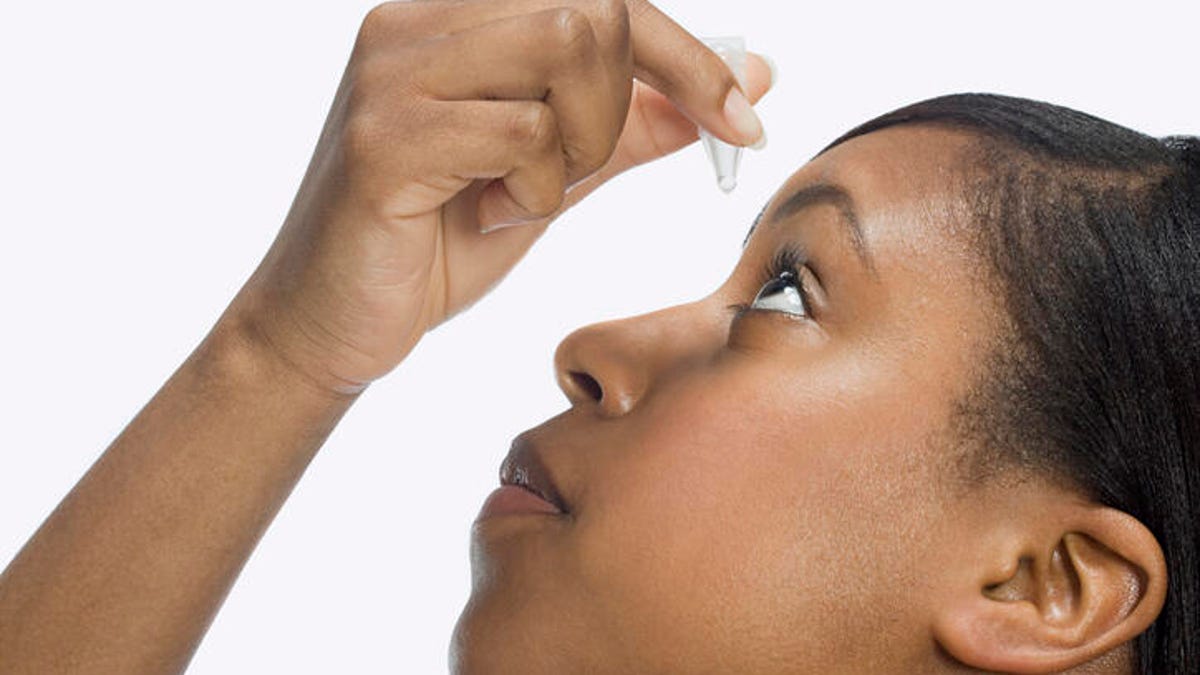Before buying any type of eye drops, it’s important to speak with your doctor so they can evaluate your issue. In some cases, OTC eye drops are sufficient, but in other situations you may need prescription medicated drops.
If your issue can be resolved with OTC eye drops, you should know that there are drops with preservatives and others without them. The preservative-free eye drops are generally safe for most people — including pregnant people — and can be used every hour or as directed. Drops with preservatives should be used more conservatively because they can worsen some cases. The same is true for other drops, such as the ones for redness relief.
“Poor-quality artificial tears, or ones that tout the red out, often have chemicals that can cause problems including rebound redness, dilation of the eyes, corneal toxicity, blurred vision and worsening of dry eye disease,” Koetting warned.
Dr. Edmund Farris, an associate clinical professor of ophthalmology at Mount Sinai, added that these preservatives have the ability to change aspects of the eye. He said, “the preservatives in most drops can alter the corneal surface and cause loss of these superficial corneal cells, which may eventually lead to more symptoms.” So if you’re using these types of drops too often, this can become an issue.
Some signs to look out for if you think you’re having a negative reaction to eye drops include redness that gets worse, irritation, blurred vision and a burning or grittiness sensation. Oftentimes this occurs due to the preservatives found in some drops. Koetting said that if these symptoms don’t improve, it can indicate an allergy or sensitivity to the drops. “However, if a person notices that they are having an increase in itching, swelling around the eye or the whites of the eyes become swollen and red, they should immediately discontinue the drop and call an eye care professional,” she added.
